5. Lost Highway
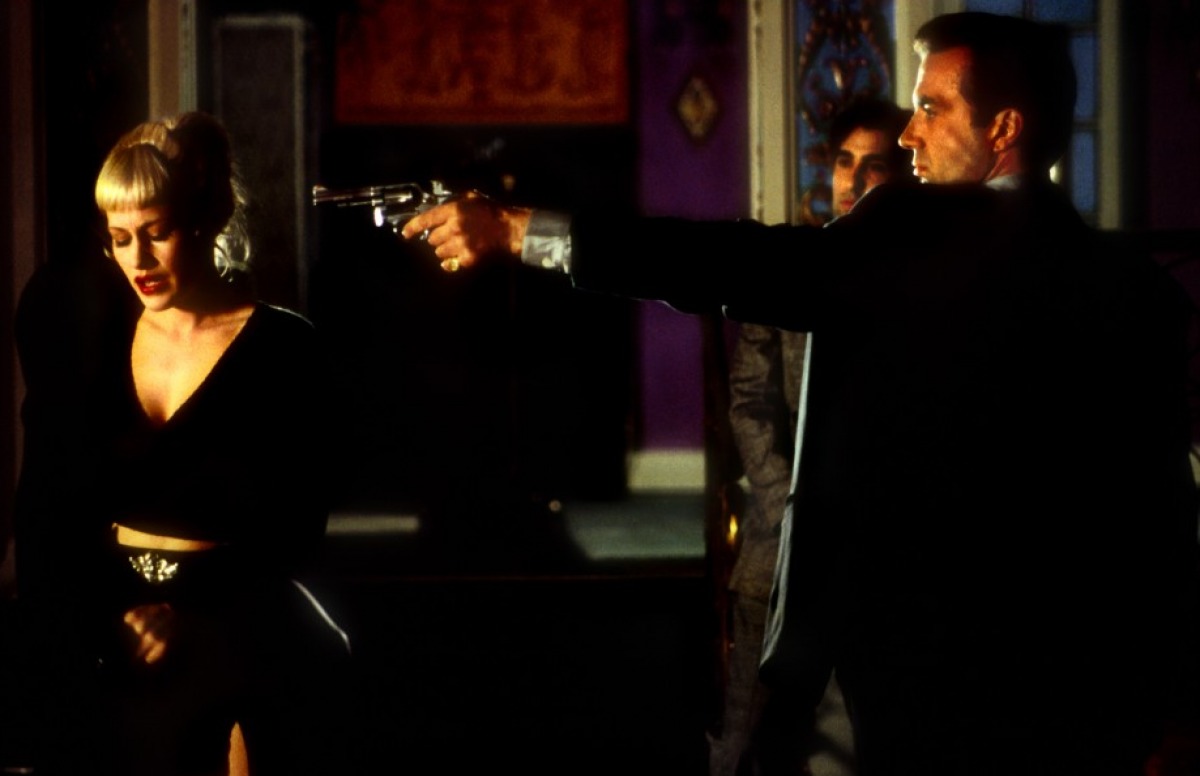
When talking about David Lynch, it’s hard to pick which one of his films is harder to understand, especially because he himself has said that trying to find an explanation to the events in his films is futile. This is due to Lynch being a director who makes films in a very subversive structure against most classic narrative conventions.
Having to pick one, “Lost Highway” is one that presents events that appear to be cause-effect related, but breaks it with events as strange as “transforming” the protagonist in the middle of the film. The term to describe what happens to the lead characters is hard to find since it is not clear whether he is the same character played by a different actor, a new character unrelated to the first one, or a character who reveals something of the other one.
The events in the first half of the film involve the a saxophonist receiving sinister videotapes of his house while he is in it, and then encountering a strange little man with strange abilities who appear to be related to the videotapes.
The saxophonist starts to get deranged, but his storyline is interrupted abruptly and another character is introduced who follows a whole new storyline that inexplicably involves the wife of the saxophonist and the strange little man. “Lost Highway” also has an ending that instead of providing explanations creates a strange loopy sensation of the film causing itself.
4. Donnie Darko
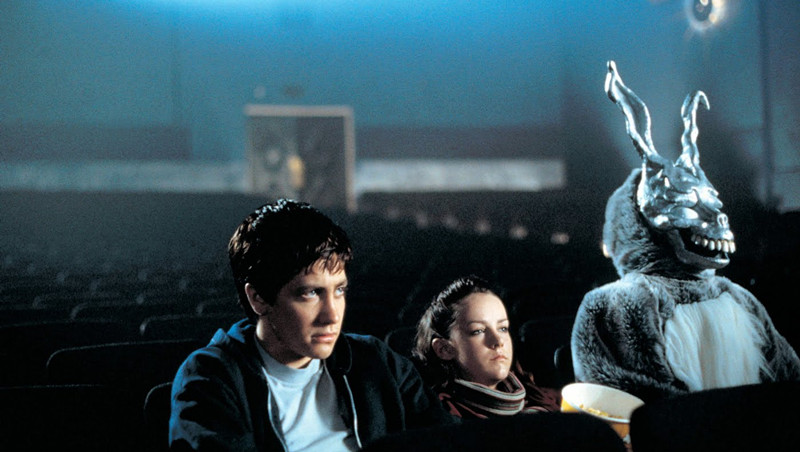
Here is another film (written and directed by Richard Kelly) that puzzles us through the enigmas of time. The film presents Jake Gyllenhaal as Donnie Darko, who encounters a frightening sinister giant rabbit named Frank who announces the end of the world and whom only Donnie can see.
The film is presented as a psychological thriller and became a cult movie which is constantly discussed by viewers who try to make sense out of Frank and the puzzling loopy ending of the film.
The film starts with a plane accident in the house of Donnie, which he avoids by not being there. Since that event we see Donnie become deranged and interact with Frank, who pushes him to do certain things without any clear purpose.
The film’s structure starts to get more and more complicated as Donnie encounters a woman who appears to have been investigating wormholes and time loops. By the end of the film, Donnie has to make a confusing decision that involves Frank, the plane crash, and another version of himself. And this entanglement of time and cause-effect relationship is what makes “Donnie Darko” so prime to be discussed even many years after it has been seen.
3. Last Year at Marienbad
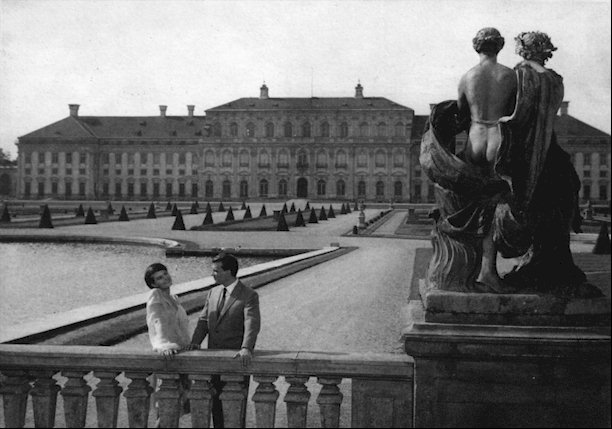
This 1961 film by French director and editor Alain Resnais is puzzling from top to bottom. It presents a mansion in which, among the many guests of a mysterious host, a man tries to convince a woman that they have met the last year in that mansion, that they were in love, but as she was insecure they agreed to meet again the next year. But the woman does not remember nor the man or being there before, or at least that’s what she says.
This is as clear as the film gets; there is never clarity whether one of them is actually lying or if she really forgot the events. The dreamlike atmosphere is never stated as a dream and there is not a single plot we can follow. Instead, the characters of the man and the woman hold together the various episodes that conform the film.
Indeed, the mansion, the guests and the interaction is affecting the characters, but questions such as what happens outside the mansion, is something outside the mansion, or what does the mansion stand for is up to the viewer to interpret.
2. 2001: A Space Odyssey
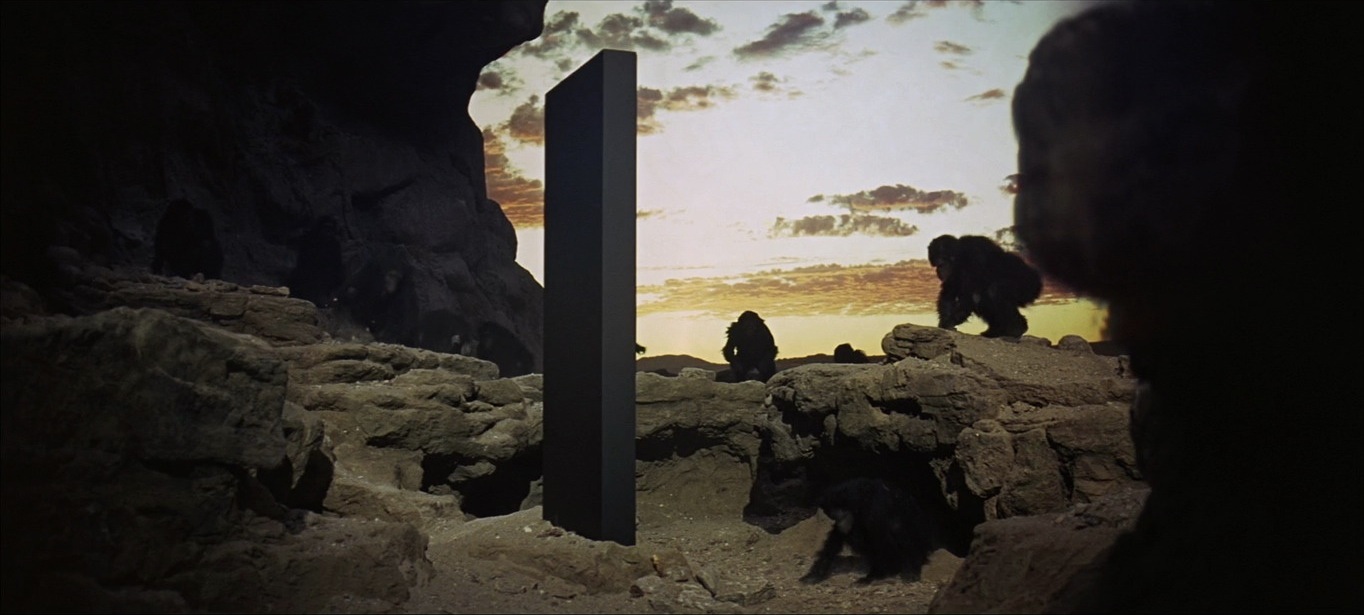
Which film was Stanley Kubrick’s most ambitious project? Being Kubrick, all of his films were extremely ambitious and complex, but there is something that makes “2001: A Space Odyssey” so different. It could be the many conventions he broke, such as not having a single protagonist, nor a single point of view or a single storyline. In this film, Kubrick delivers an experience that puzzles us from the first minutes we see the black screen, and hear the haunting music that will follow another black screen for the rest of the film.
The black screen is the only visual element that constantly appears throughout the interstellar voyage the Kubrick crafted. In this voyage, at least three different storylines are developed sometimes without any dialogue, and there are many segment of the films that are so different from anything else we have seen that we desperately hope for an explanation of why we have seen them. But the film does not give this to us, instead the film asks to be re-watched again and again in order to see the thematic threads that hold it together.
1. Death in Venice
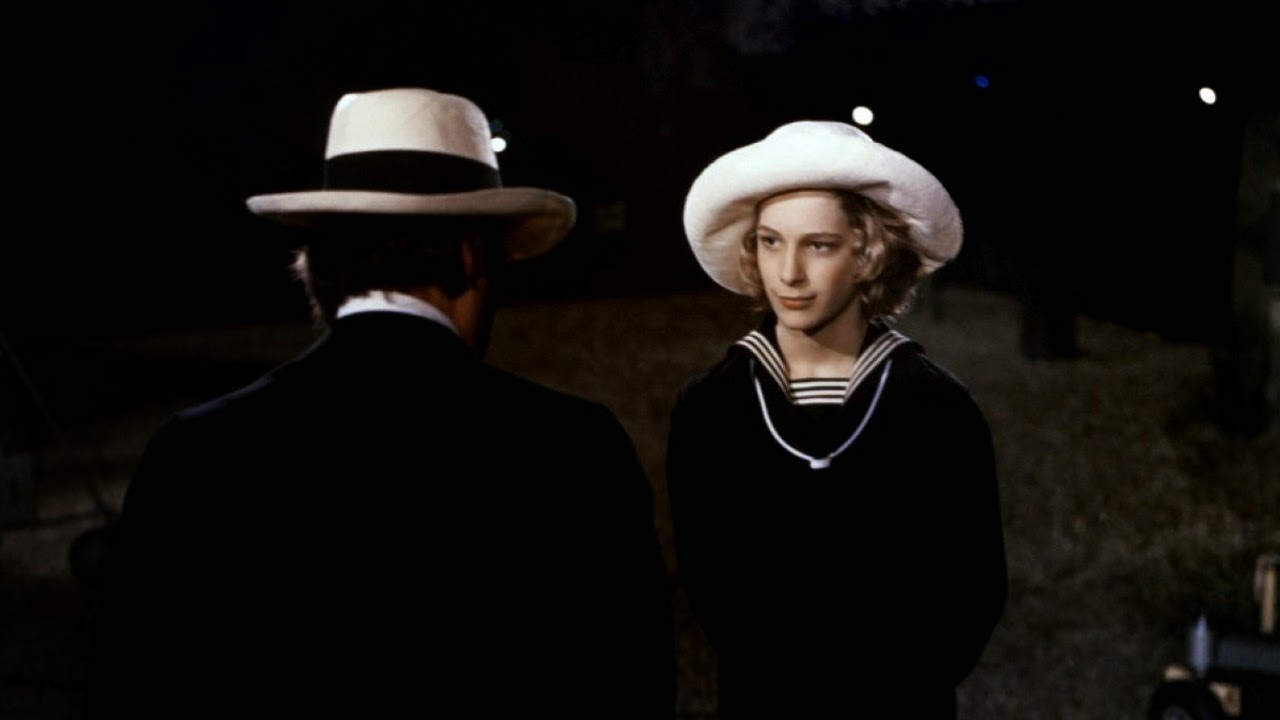
Here is one film that acquires a deeper level of interpretation when one knows the references it is using; not only the references themselves, but also the context of these references. The plot is rather simple: the ill Dr. Gustav von Aschenbach (Dirk Bogarde) comes to Venice to rest.
There he meets a blond young boy named Tadzio (Björn Andréssen) with whom he gets obsessed as his health gets more critical. The rather easy way to look at this film is that the doctor is in love with the young boy. But there is more to the film and the obsession than that.
“Death in Venice” is a film based on the homonymous novel written by German novelist Thomas Mann; the novel give inspiration to Mahler’s Ninth Symphony of the same name. Luchino Visconti, the man behind the film, used the music of Mahler to introduce Gustav arriving to Venice, and in several more moments including Gustav looking at Tadzio as he runs to the beach.
This is important because of the role Mahler and Venice played in the crisis that took place at the end of the 19th century and the beginning of the 20th century. Alain Badiou and Leonard Bernstein explain this topic extremely well, but this crisis of what is beauty and what art can really be gives a whole new reading level to Visconti’s film.